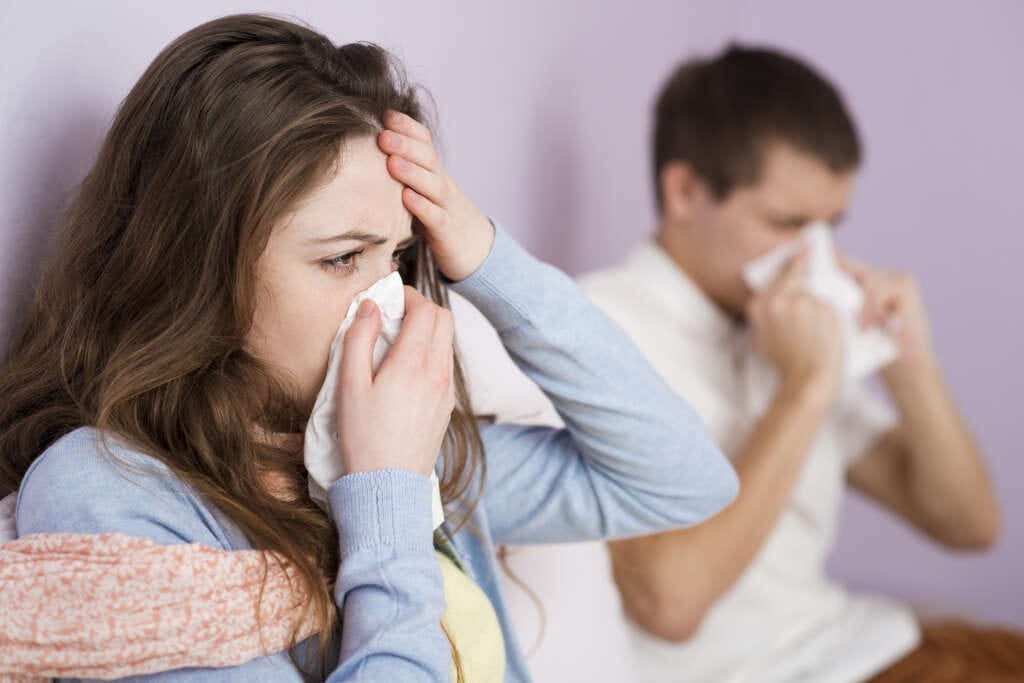
Sukhbir Sidhu, Founder and director of the Evergen Systems,
In the UK, ‘Freedom Day’ has come and gone. While this is a welcome relief that life is perhaps on its way to normalcy, many have expressed anxiety around returning to the workplace without the appropriate safeguards in place.
Experts have said that it is unlikely we will be able to eradicate Covid completely and we need to be prepared to live with it for the rest of our lives. Indeed, our times indoors throughout the pandemic has taught us to become extremely conscious of the air that we breathe – never before have we been so aware of the bacteria and viruses multiplying exponentially in shared spaces with others. As such, it’s no surprise that the thought of returning to the open plan corporate offices with potentially hundreds of coworkers breathing the same circulated air throughout the building can be daunting for many. In fact, did you know that the “Sick Building Syndrome (SBS)” has existed long before Covid-19 drew our attention to air hygiene in buildings and the invisible cause of headaches, skin irritations or cold & flu-like symptoms unrelated to any specific illness experienced by many office workers? There are countless reports and considerable research linking poor air quality to reduction in productivity of staff and sickness. The filters installed in centralised ventilation systems have been shown to actually exacerbate the problem as they simply trap organic particles which remain active and can circulate around the building.
Ultimately, as the current law stands, companies can indeed require employees to come into the office. However under the Health and Safety at Work Act, “employers have the obligation to ensure there is a safe working environment, a safe workplace, to which an employee returns”– this has always been in place irrespective of the events of the past 16 months.
Air hygiene in buildings is set to become a number one priority for companies, in particular financial institutions such as Goldman Sachs and JP Morgan who have outwardly expressed the need for employees to return to the office. Every year UK companies lose as much as £600-million to poor air, through 3-million employee sick days caused by poor air quality. It has taken a global pandemic to highlight the fact that health concerns in a building’s design and infrastructure is a necessity rather than a luxury, and technology already exist to help companies tackle this issue.
Hybrid working models, separation of office desks, regular and more detailed cleaning of office surfaces can all play a role in prevention. However, for companies to truly address the problem of SBS and Covid-19 variant contagion, ventilation and airflow coupled with technologies that can destroy pathogens are critical. To give you an example, we trialled our plug-and-play purification system with air monitoring solution by Earthsense in an hospital environment and saw a result of an average of 220% reduction in the number of airborne pathogens and particulate matters.
I have spent over 15 years working with the public sector and enterprises on effective air hygiene & virus prevention technologies and can tell you that the solution could be as simple as a three-step process of:
- Installing an efficient air filtration help remove airborne viruses such as Covid-19 and other air pollutants from indoor air at higher rates.
- Implementing a method of air quality monitor in the office.
- Communicate the results on a regular basis to your employees to improve their sense of security.
Ultimately, the pandemic has changed our ways of working for the foreseeable future. However, it has also presented an opportunity for corporations to reassess and invest in their office infrastructure to provide a safer workplace. Not only will this help minimise risk of Covid-19 or other bacterial and airborne viruses, companies can also benefit from a healthier workforce and possibly improved productivity moving forward.


